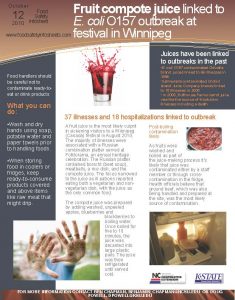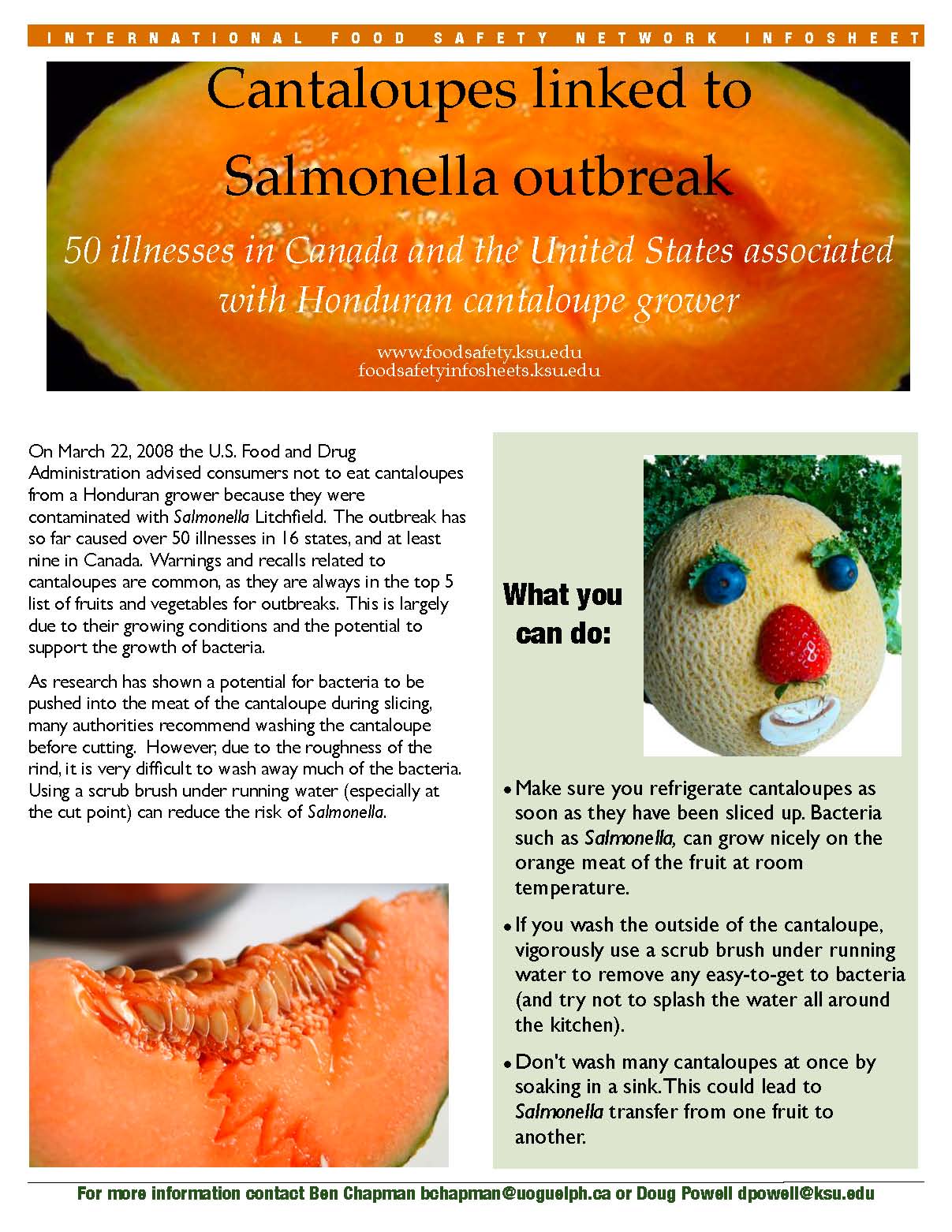I included this abstract because it was one of the two papers today that cited papers my lab and I produced, all those years ago. Google scholar alerts is wonderful, and tells me when one of the 70 or so peer-reviewed papers, book chapters and a book is cited by someone else. It averages out to about once a day, or 400 times a year. Certainly something we weren’t aiming for, but a pleasant reminder when I get one of those e-mails.
Millions of foodborne illness cases occur in China annually, causing significant social and economic burdens. Improper food handling has been observed not only among commercial food handlers but also among residential food handlers. It is critical to conduct a comprehensive scoping review of previous efforts to identify food safety knowledge gaps, explore the factors impacting knowledge levels, and synthesize the effectiveness of all types of food safety educational interventions for commercial and residential food handlers in China.
This review aims to analyze food safety education studies published over the past 20 years and provide foundations for developing more effective food safety educational interventions in China. A total of 35 studies were included in this review. Most studies reported that Chinese commercial and residential food handlers had insufficient food safety knowledge, especially in the areas of foodborne pathogens and safe food-handling practices. The factors impacting food handlers’ knowledge levels included education level, gender, income level, residency (rural vs. urban), the use of WeMedia, college students’ major, and food safety training experiences. Food handlers in the following demographic groups tend to have lower levels of food safety knowledge: lower education levels, the elderly, males, lower-income levels, rural residents, those who do not use WeMedia, those without food safety training experience, or college students in nonbiology-focused majors.
Many food handlers did not always follow recommended food safety practices, such as proper meat handling practices, handwashing practices, and cleaning and sanitation practices. Thirteen studies evaluated the effectiveness of educational interventions, and knowledge increases were reported after all interventions. The findings of this review provide guidance to researchers, educators, and government agencies in their future efforts to develop education programs emphasizing the importance of microbial food-safety content and behavior change regarding food safety and hygiene practices.
Moving forward to the future: A review of microbial food safety education in China
Foodborne Pathogens and Disease
Han Chen and Yaohua Feng
https://doi.org/10.1089/fpd.2020.2889
https://www.liebertpub.com/doi/abs/10.1089/fpd.2020.2889
(the hair, the clothes, must be 1972 below)









 communication tool designed to appeal to food handlers and compel behavior change, were evaluated. Food safety infosheets were provided weekly to food handlers in working foodservice operations for 7 weeks. It was hypothesized that through the posting of food safety infosheets in highly visible locations, such as kitchen work areas and hand washing stations, that safe food handling behaviors of foodservice staff could be positively influenced. Using video observation, food handlers (n ~ 47) in eight foodservice operations were observed for a total of 348 h (pre- and postintervention combined). After the food safety infosheets were introduced, food handlers demonstrated a significant increase (6.7%, P , 0.05, 95% confidence interval) in mean hand washing attempts, and a significant reduction in indirect cross-contamination events (19.6%, P , 0.05, 95% confidence interval). Results of the research demonstrate that posting food safety infosheets is an effective intervention tool that positively influences the food safety behaviors of food handlers.
communication tool designed to appeal to food handlers and compel behavior change, were evaluated. Food safety infosheets were provided weekly to food handlers in working foodservice operations for 7 weeks. It was hypothesized that through the posting of food safety infosheets in highly visible locations, such as kitchen work areas and hand washing stations, that safe food handling behaviors of foodservice staff could be positively influenced. Using video observation, food handlers (n ~ 47) in eight foodservice operations were observed for a total of 348 h (pre- and postintervention combined). After the food safety infosheets were introduced, food handlers demonstrated a significant increase (6.7%, P , 0.05, 95% confidence interval) in mean hand washing attempts, and a significant reduction in indirect cross-contamination events (19.6%, P , 0.05, 95% confidence interval). Results of the research demonstrate that posting food safety infosheets is an effective intervention tool that positively influences the food safety behaviors of food handlers.